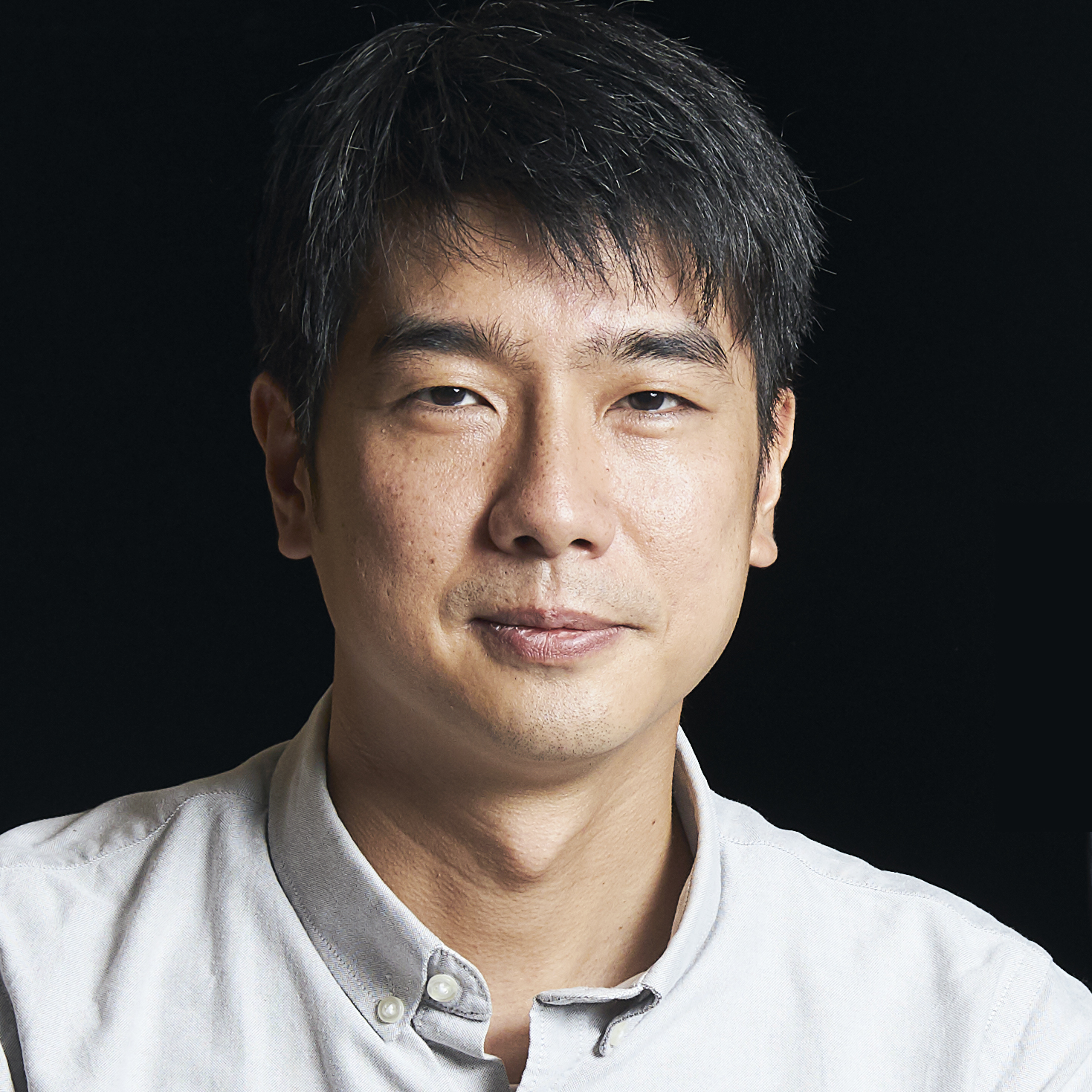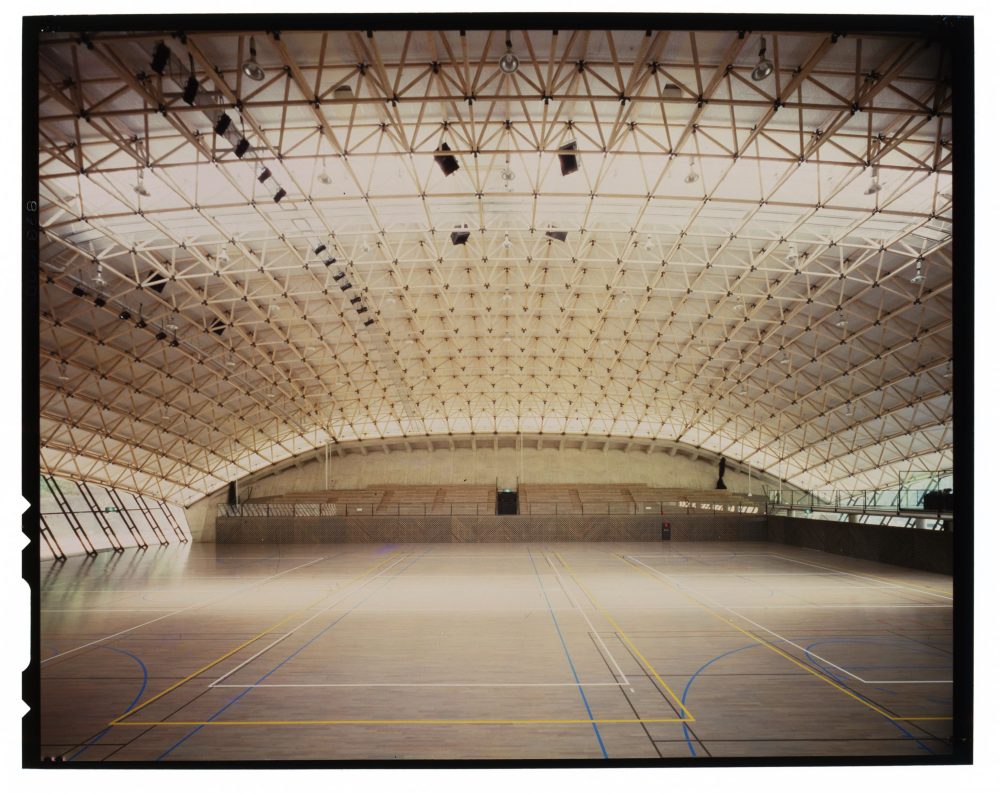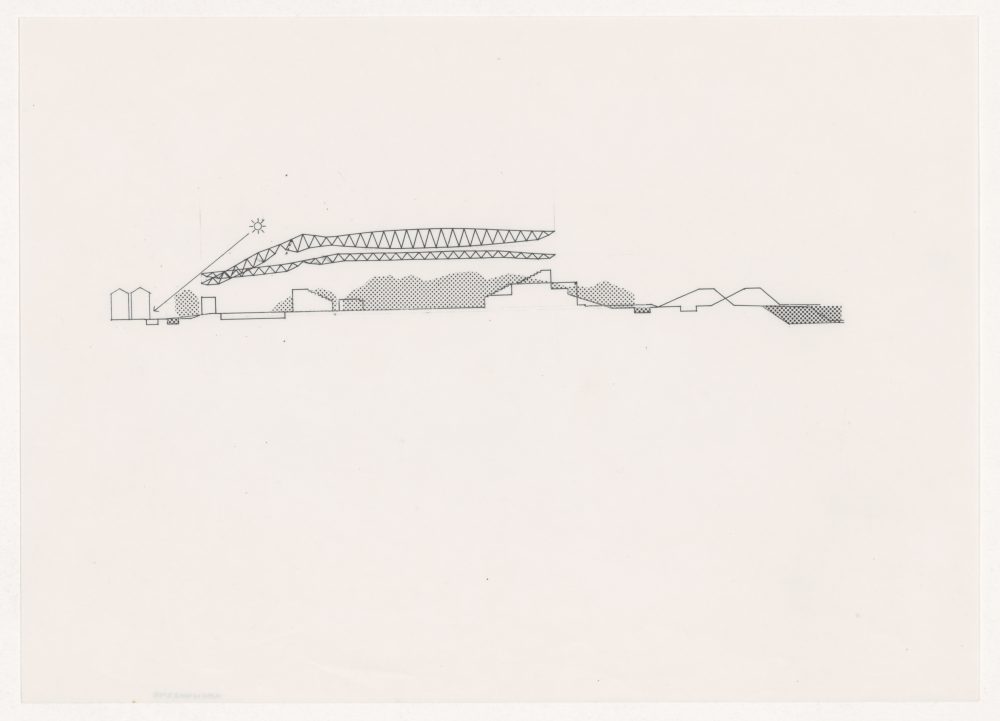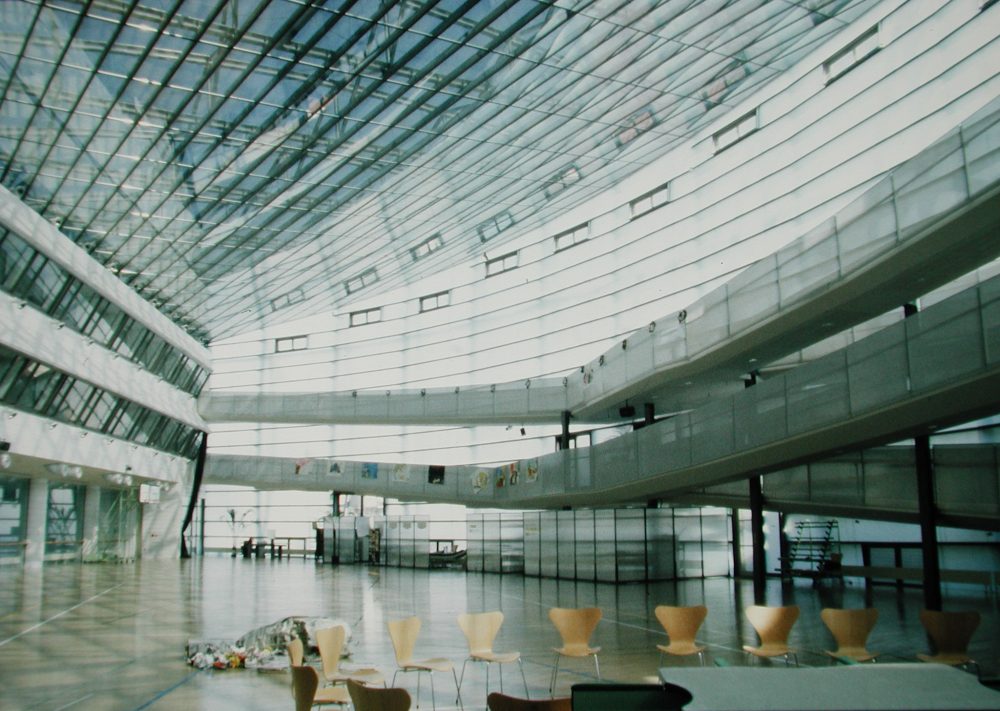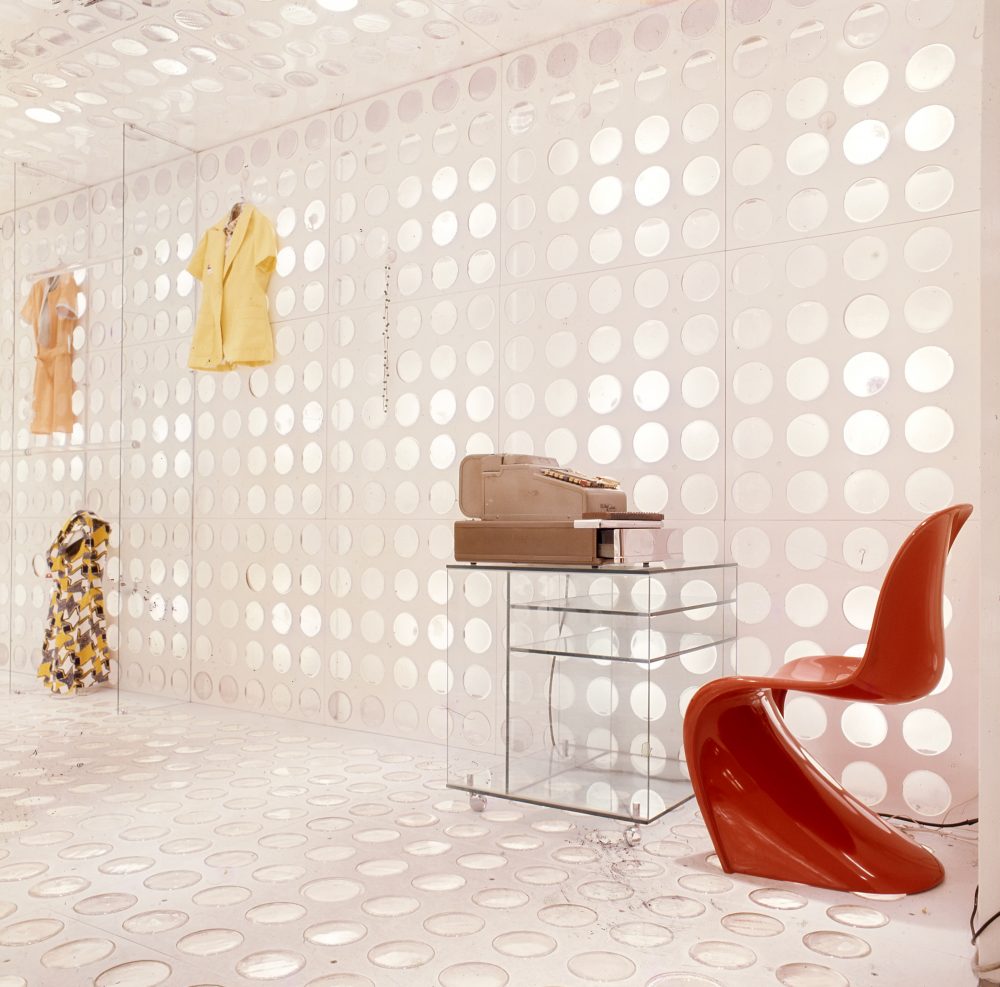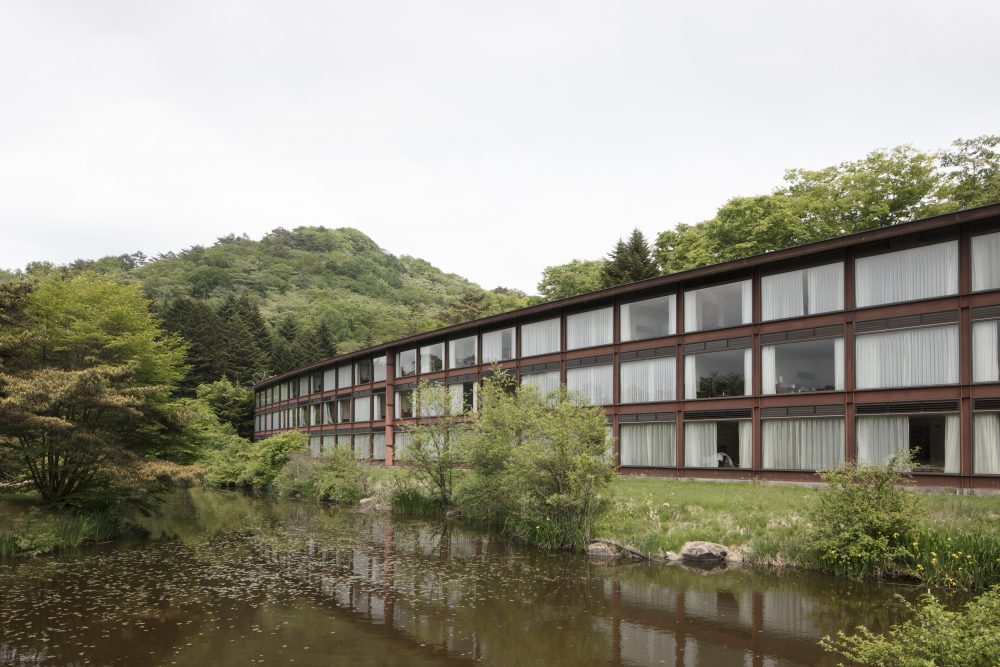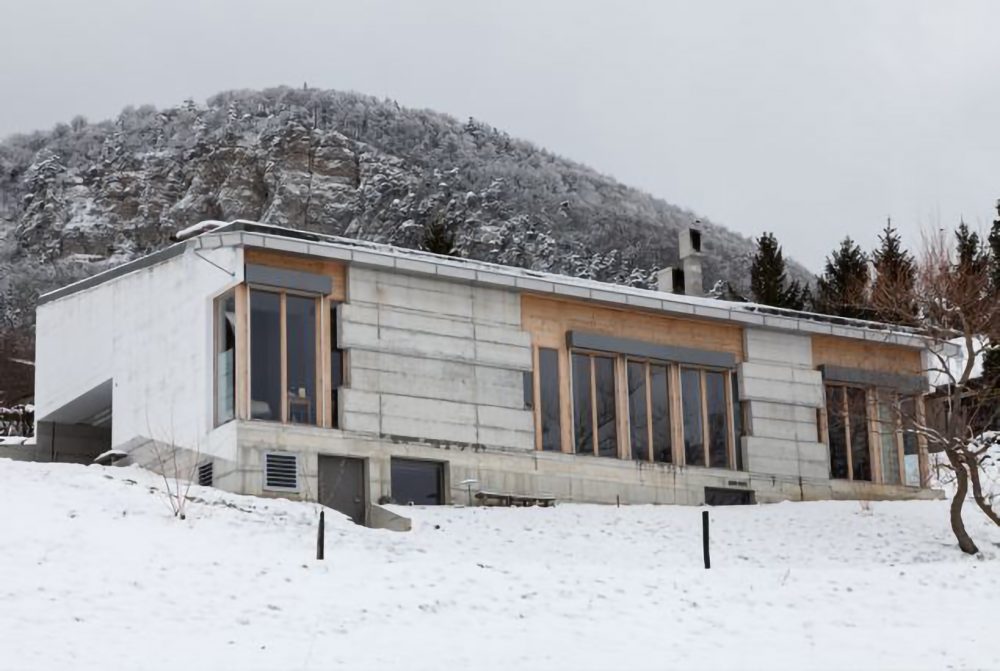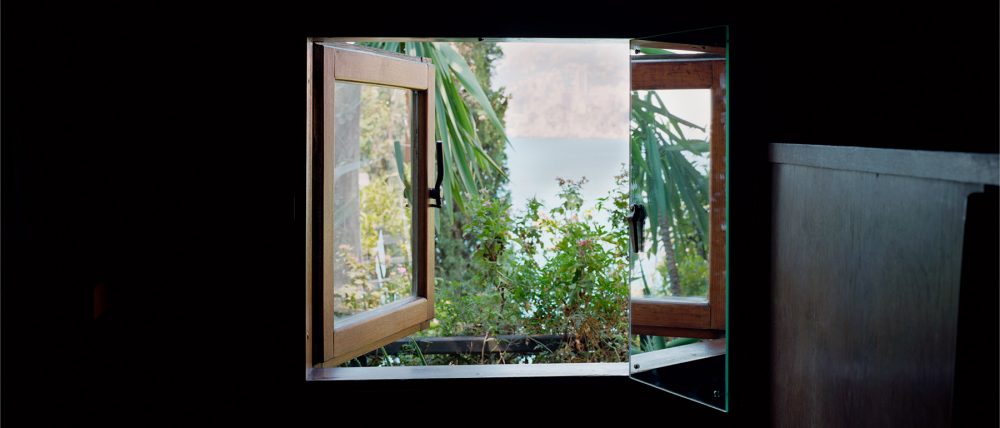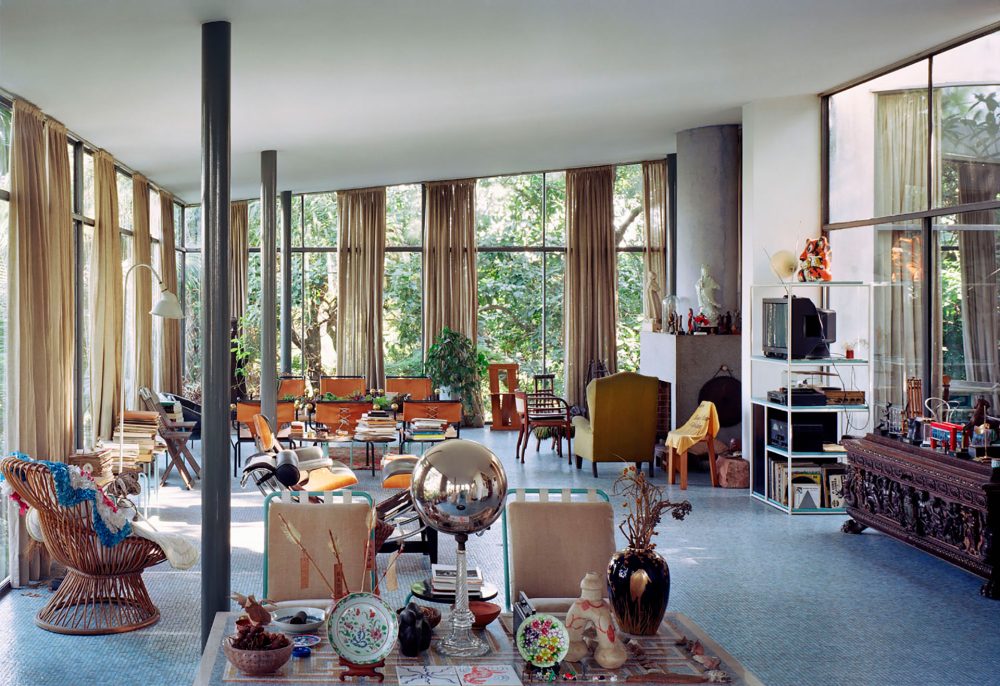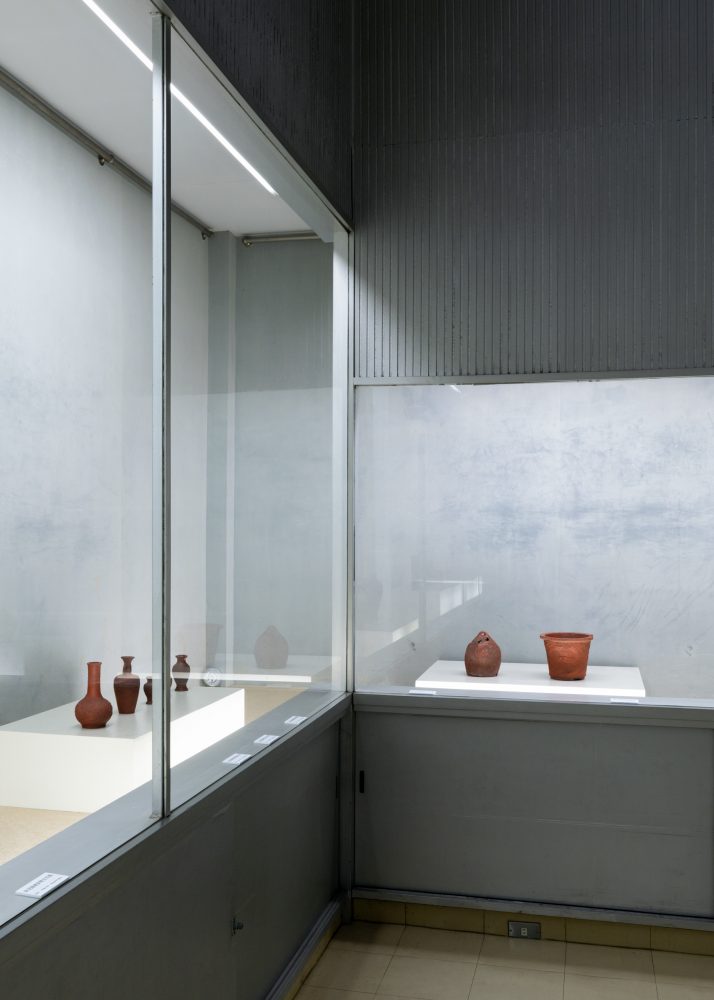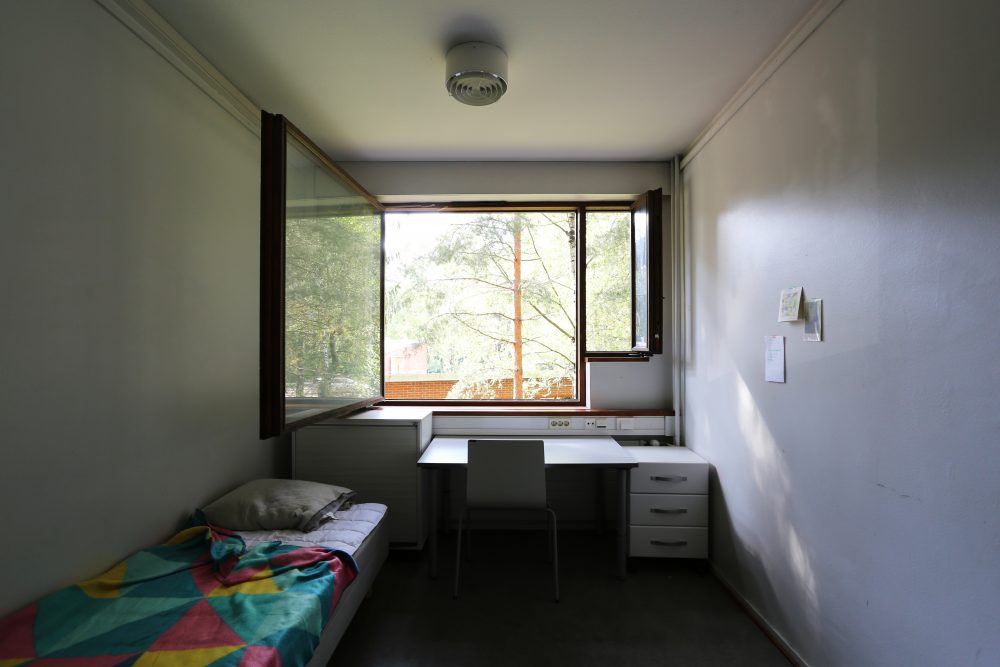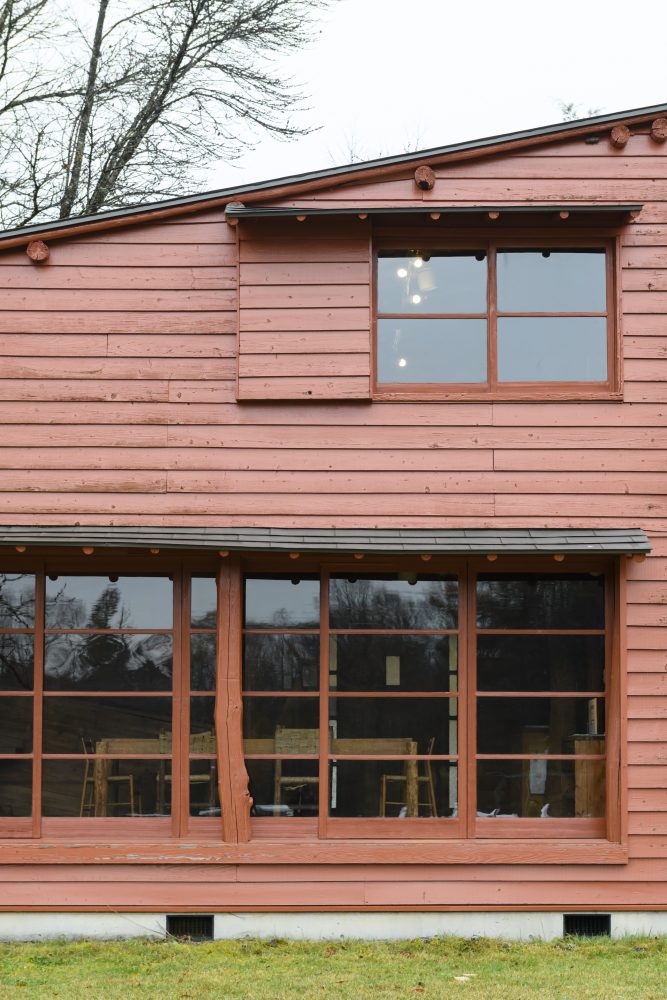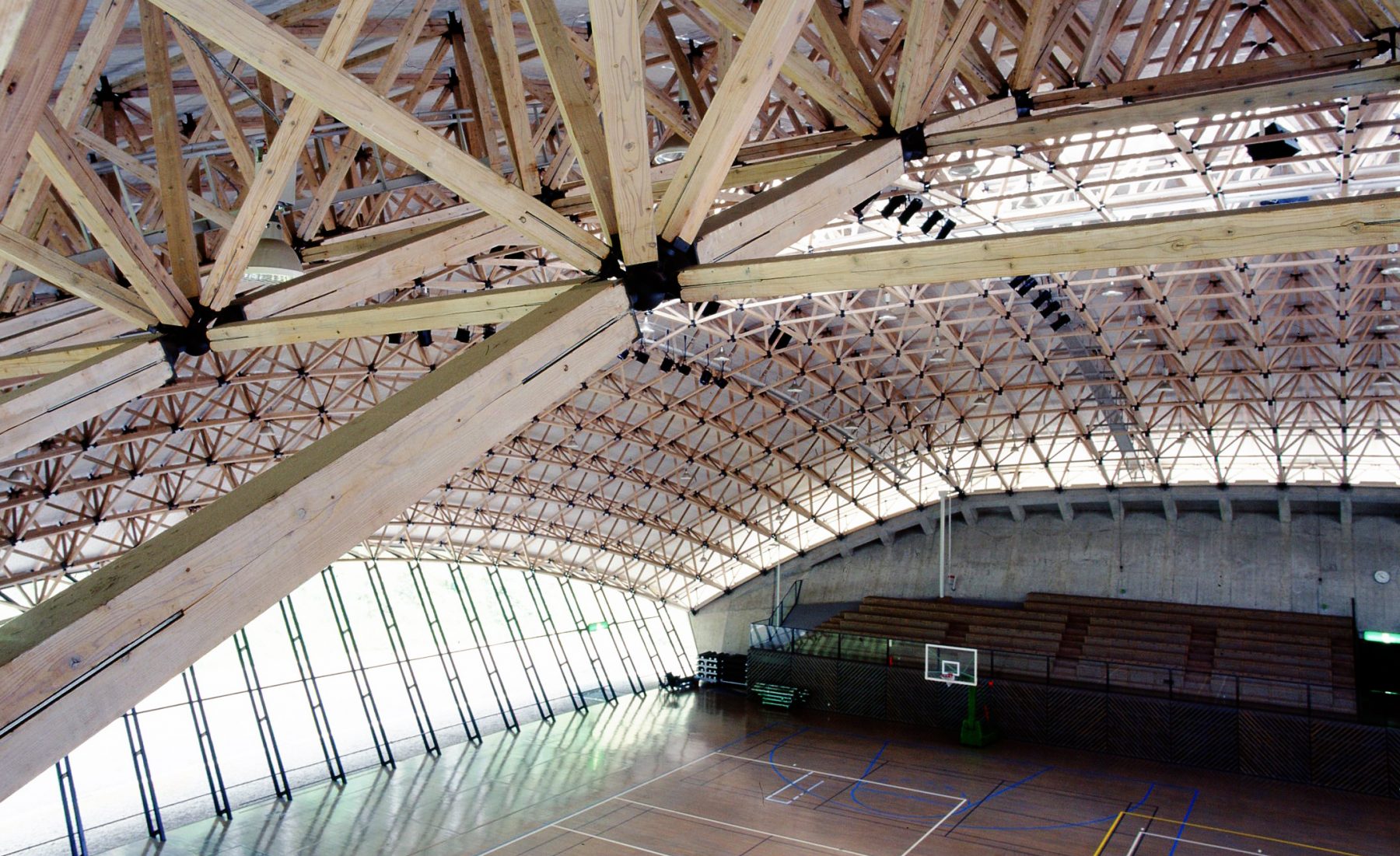
Series Shoei Yoh: A Journey of Light
Shoei Yoh: A Journey of Light—Introduction
21 Mar 2024
Architect Shoei Yoh began his creative career as an interior designer in the 1970s. In 2019, he donated materials from his professional archive to Kyushu University, where they are currently being cataloged into the Kyushu University Shoei Yoh Archive. A selection of Yoh’s materials was also added to the collection of the Canadian Centre for Architecture (CCA) following its 2013 exhibition Archaeology of the Digital. The ambitious architect, whose pioneering works in wood and digital design have been gaining renewed appreciation, sought to create designs that express “light as a natural phenomenon”. This seven-part essay series written by researchers in Japan and Canada delves into Yoh’s archival materials to contemplate the light that the architect aimed to capture.
Light as a Natural Phenomenon
There has been growing momentum within and beyond Japan to reevaluate the work of architect Shoei Yoh, who was a pioneer in the realms of both contemporary timber construction and digital design. Speaking to the former, his Oguni Dome (1988), the first large-scale timber structure of its kind in Japan, was awarded the Japan Institute of Architects’ JIA 25 Year Prize in 2018, and it was also the subject of a 2019 special feature of the Architectural Institute of Japan’s architectural criticism journal Kenchiku Tōron [Architectural Debate].1 As for the latter, when the Canadian Centre for Architecture (CCA) held the Archaeology of the Digital exhibition in 2013, it featured Yoh as a pioneer of digital design alongside Frank Gehry, Peter Eisenman, and Chuck Hoberman, spotlighting works such as the Galaxy Toyama Gymnasium (1992) and Glass Station (1993).2 Then, in 2021, the Australian Design Centre presented Revisiting Shoei Yoh, an exhibition that surveyed Yoh’s work from the perspectives of both timber construction and digital design.3
However, for Yoh, both timber construction and digital design were merely means, not ends. From the moment he founded Yoh Design Office in Fukuoka in 1970, his unwavering focus was on pursuing the theme of “light”—or, to be more precise, “light as a natural phenomenon”. As he himself explains in an interview with Greg Lynn when asked about his design priorities: “Light comes first—like in the Pantheon.”4
-

Shoei Yoh holding the Wireless Lamp (1977). Shoei Yoh Archive, Kyushu University.
Light is a theme that fascinates many architects; however, Yoh’s perception of light is distinct. Experiencing an epiphany upon witnessing the sunlight shining through the Pantheon’s oculus, Yoh went on to formulate poetic interpretations of the physical properties of light, which he gave expression to through intricate constructions that evoke optical instruments. Or to put it differently, he effectively viewed light as a physical substance and attempted to express its materiality using various materials such as plastic, glass, concrete, wood, and bamboo.
Making his start as an interior designer, Yoh discovered how light can disorient one’s sense of gravity through the Luminous Furniture series he developed in the 1970s. Then, with the Ingot Coffee Shop (1977), a building fully wrapped in glass, he witnessed the interplay of reflected light and transmitted light. With works such as the Stainless Steel House with Light Lattice (1981) from his Light Architecture series of the 1980s, he realized poetic spaces that gave form to light itself in a manner akin to a sundial. Similarly, the softly illuminated timber structure of the Oguni Dome, along with the computationally designed curved surfaces of the Galaxy Toyama Gymnasium and Glass Station, may also be considered attempts to ascribe gentle forms to light.
I believe that Yoh’s optical instrument-like perception is exceptionally modern. I am not referring to a modernity that seeks to tame nature, but rather to a coolheaded yet poetic modernity interested in appreciating natural phenomena precisely and prompting a reconsideration of how humans live in relation to nature. Today, as global environmental problems become increasingly severe and lifestyles rapidly transform due to new digital technologies, there is a pressing need for us to rethink our relationship with nature. Yoh’s work seems to take on a new radiance when set against this backdrop.
-
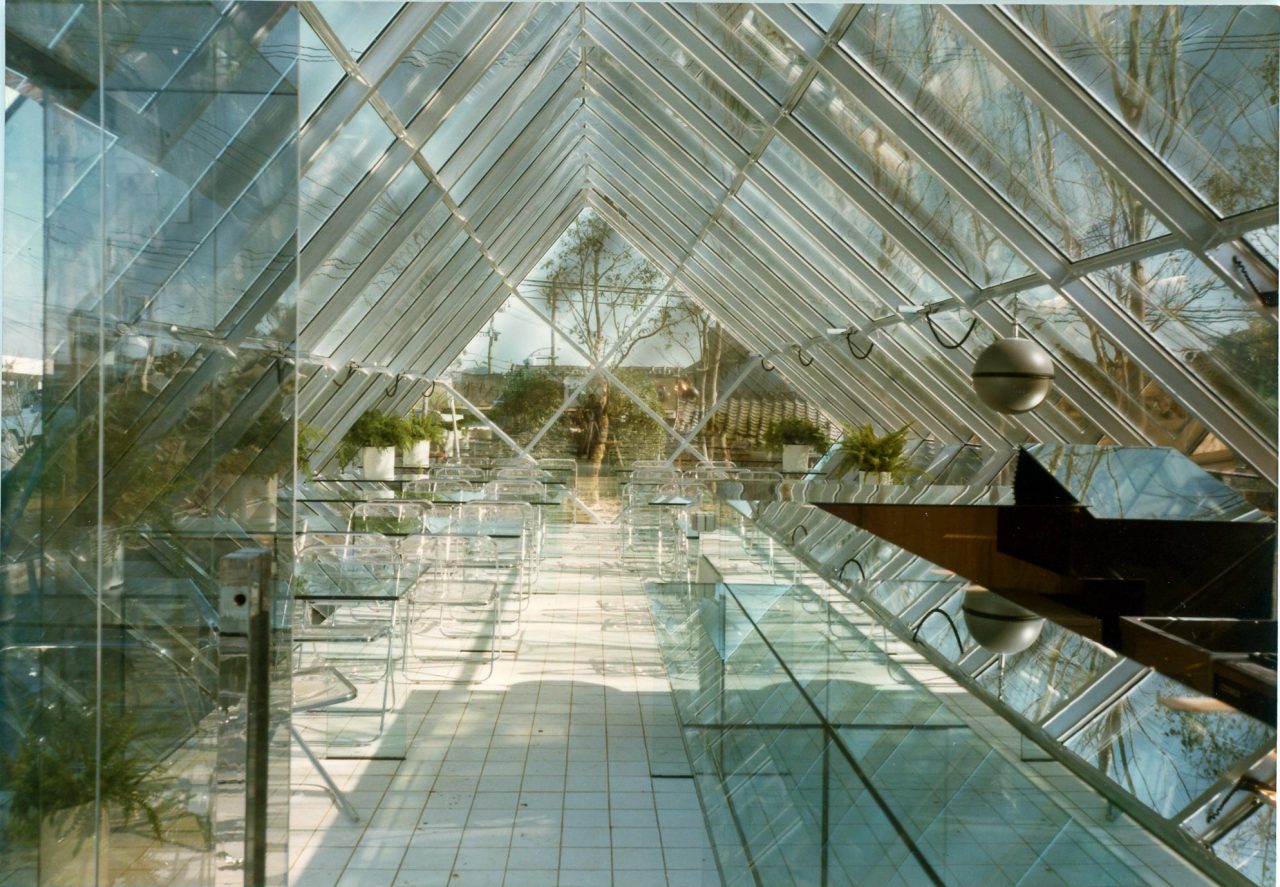
Ingot Coffee Shop. Shoei Yoh Archive, Kyushu University.
A Journey of Light
Shoei Yoh’s meticulously designed instrument-like works warrant equally meticulous analyses. As of 2024, the architect’s archival materials are consolidated in two locations: the Kyushu University Shoei Yoh Archive (YSA, Fukuoka)5 and the CCA (Montreal)6. This essay series will see the two archives collaboratively cross-utilize Yoh’s original plans, sketches, models, 3D graphics, and writings to explore the essence of his work.
The seven essays that follow will trace Yoh’s “journey of light”, with writers from various backgrounds contributing their thoughts to provide a multifaceted reading of the significance of his work. To begin, Martien de Vletter, Associate Director of Collection at the CCA, who experienced Yoh’s work in person during her first visit to Kyushu in the fall of 2023, will offer her global perspective as an architectural historian and archival collector. The second installment will be authored by Tomo Inoue from the YSA. An expert in building construction who is engaged in the digital restoration of Yoh’s work using 3D scanners, Inoue will discuss the Ingot Coffee Shop, which was a notably technically advanced glass building for its time.
The remaining essays will be penned by practicing architects and architectural historians, including Yu Momoeda, who, like Yoh, has established his architectural practice in Fukuoka. The preliminary goal of this essay series is to explore the potential of Yoh’s ideas for our present age by using “light” as a guiding keyword to reframe Yoh’s oeuvre, spanning from his early interior designs to his digital designs of the 1990s.
Notes
1: “Tokushū: Kenchiku hihyō: Yō Shōei, Oguni Dōmu: Gendai mokuzō to konpyutēshonaru dezain no genryū wo saguru” [Special feature: Architectural criticism: Shoei Yoh, Oguni Dome: Exploring the source of contemporary timber construction and computation design], Kenchiku Tōron (August 2019).
2: Archaeology of the Digital, Canadian Centre for Architecture, Montreal, May 7, 2013–October 27, 2013.
3: Revisiting Shoei Yoh, Australian Design Centre, Sydney, November 30, 2021–February 2, 2022.
4: Greg Lynn, ed., Archaeology of the Digital (Montreal: Canadian Centre for Architecture; Berlin: Sternberg, 2013), 108.
5: Shoei Yoh Archive, https://shoeiyoh.com/.
6 “Shoei Yoh fonds”, CCA, https://www.cca.qc.ca/en/archives/435185/shoei-yoh-fonds.
Top image: Oguni Dome. Photo: Hajime Inoue. Shoei Yoh Archive, Kyushu University.
Masaaki Iwamoto
Born 1982 in Tokyo, Japan. Assistant Professor, Kyushu University. First-class licensed architect. PhD (Eng.). Research fellow at the ILEK Stuttgart in 2006. Completed a master’s in architecture at The University of Tokyo in 2008. Former staff member at Kazuhiko Namba + Kai Workshop and partner at Vo Trong Nghia Architects. Co-founded ICADA in 2015. Founded the Shoei Yoh Archive (https://shoeiyoh.com/) at Kyushu University after the architect donated his personal archive to the university in 2019. Specializes in modern and contemporary Asian architectural history and is engaged in research on Vann Molyvann and Shoei Yoh. Architectural works include the Knot-hole House, TRIAXIS Suma Kaigan, Biolab/Foodlab at Kyushu University, and Auxetic Pavilion. Awards include the Gold Prize and Bronze Prize of the Kukan Design Award (2019), Excellence Award and Forestry Agency Director-General’s Award of the Japan Wood Design Award (2021), Kazuie Yamada Award (2021), and iF Design Award (2023).
